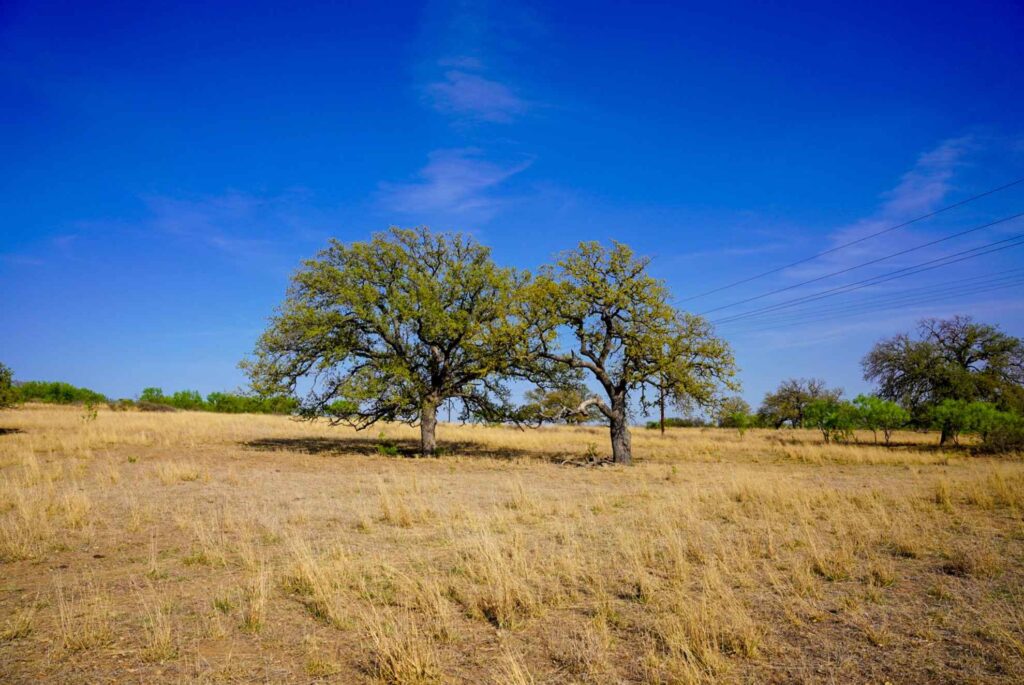The Texas Hill Country is renowned for its breathtaking landscapes, diverse wildlife, and enchanting oak trees. These majestic giants provide shade, beauty, and a sense of history to the region. However, a formidable adversary threatens the health and longevity of these treasured oaks: Oak Wilt. In recent years, this deadly disease has become a significant concern for homeowners, conservationists, and tree enthusiasts alike. In this article, we will explore the impact of Oak Wilt in the Texas Hill Country and the measures being taken to combat its spread.
Understanding Oak Wilt
Oak Wilt, caused by the fungus Ceratocystis fagacearum, is a vascular disease that primarily affects oak trees. It spreads through interconnected root systems and is transmitted by sap-feeding beetles attracted to tree wounds. Once infected, the fungus disrupts the tree’s ability to transport water and nutrients, ultimately leading to the death of the tree.
The Impact on Oak Trees
Oak Wilt poses a significant threat to the Texas Hill Country’s oak population. The disease can affect multiple oak species, including live oaks (Quercus virginiana) and red oaks (Quercus spp.). Red oaks are particularly vulnerable, often succumbing to the disease within weeks of infection. Live oaks, while more resilient, can also be severely affected, leading to a slow decline over several years.
Oak Wilt’s impact extends beyond individual trees. The interconnected root systems of oak groves enable the rapid transmission of the disease, resulting in the formation of “disease centers” or pockets of infected trees. These pockets can expand rapidly, leading to the loss of entire oak stands and causing significant ecological and aesthetic damage to the landscape.
Efforts to Control Oak Wilt
Recognizing the gravity of the situation, various organizations and government agencies have joined forces to combat Oak Wilt in the Texas Hill Country. Here are some of the key measures being undertaken:
- Education and Outreach: Raising awareness about Oak Wilt and its prevention is crucial. Local authorities, conservation groups, and arborists are actively engaged in educating landowners, tree care professionals, and the general public about the disease, its symptoms, and preventive measures.
- Pruning and Wound Dressing: Pruning oak trees during the spring and fall seasons should be avoided, as this is when the beetles that transmit Oak Wilt are most active. If pruning is necessary, it should be done during the dormant winter season. Promptly applying wound dressing to any cuts or wounds helps prevent beetle infestation.
- Disruption of Root Grafts: To impede the spread of Oak Wilt, experts recommend severing root connections between infected and healthy trees. This can be achieved through mechanical trenching or chemical treatments that disrupt the root grafts.
- Quarantine and Management Zones: Establishing quarantine areas around infected sites helps minimize the movement of infected firewood and other materials that can carry the disease. Management zones are designed to identify areas of active Oak Wilt transmission and implement stricter control measures.
- Tree Removal and Replacement: In cases where infected trees cannot be saved, prompt removal and disposal of infected wood are essential. Replanting with diverse tree species can help mitigate the loss of oaks and restore the ecological balance.
Oak Wilt continues to pose a significant threat to the majestic oak trees of the Texas Hill Country. However, through awareness, education, and active management, communities and authorities are working together to combat the spread of this deadly disease. By implementing preventive measures, early detection, and prompt action, we can protect the cherished oak heritage of the Texas Hill Country and ensure that future generations can enjoy the beauty and significance of these iconic trees.



